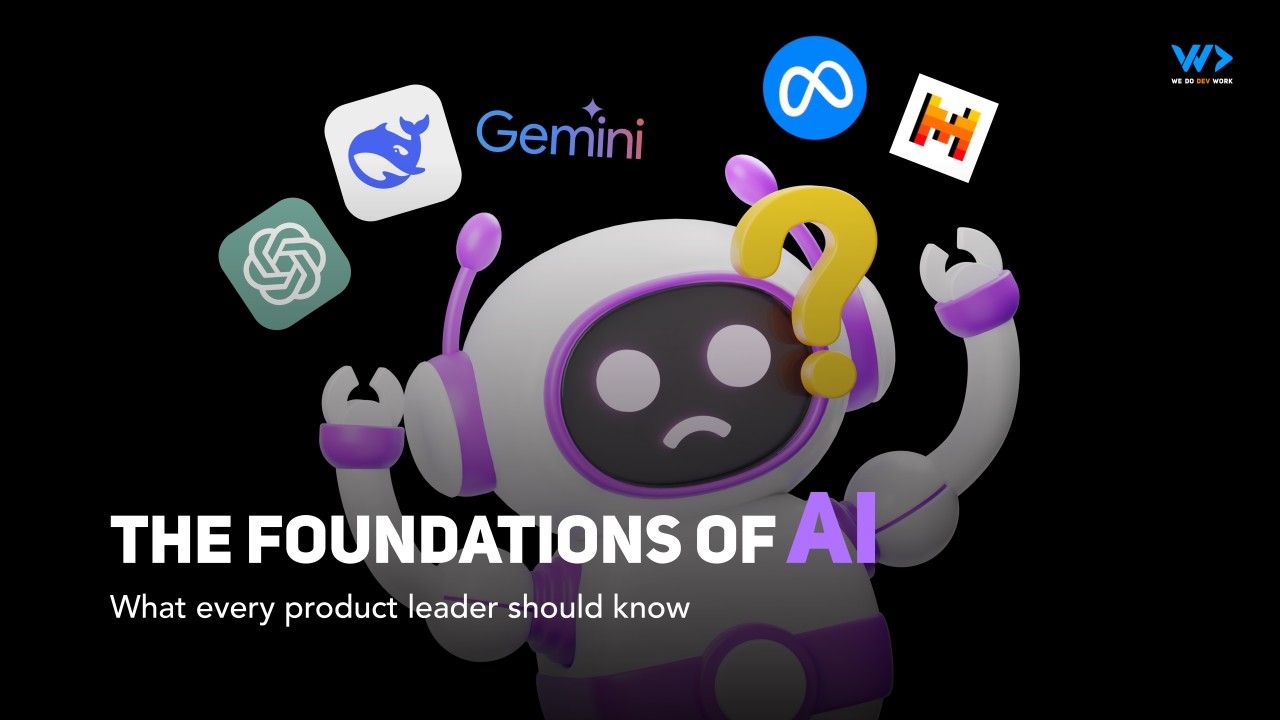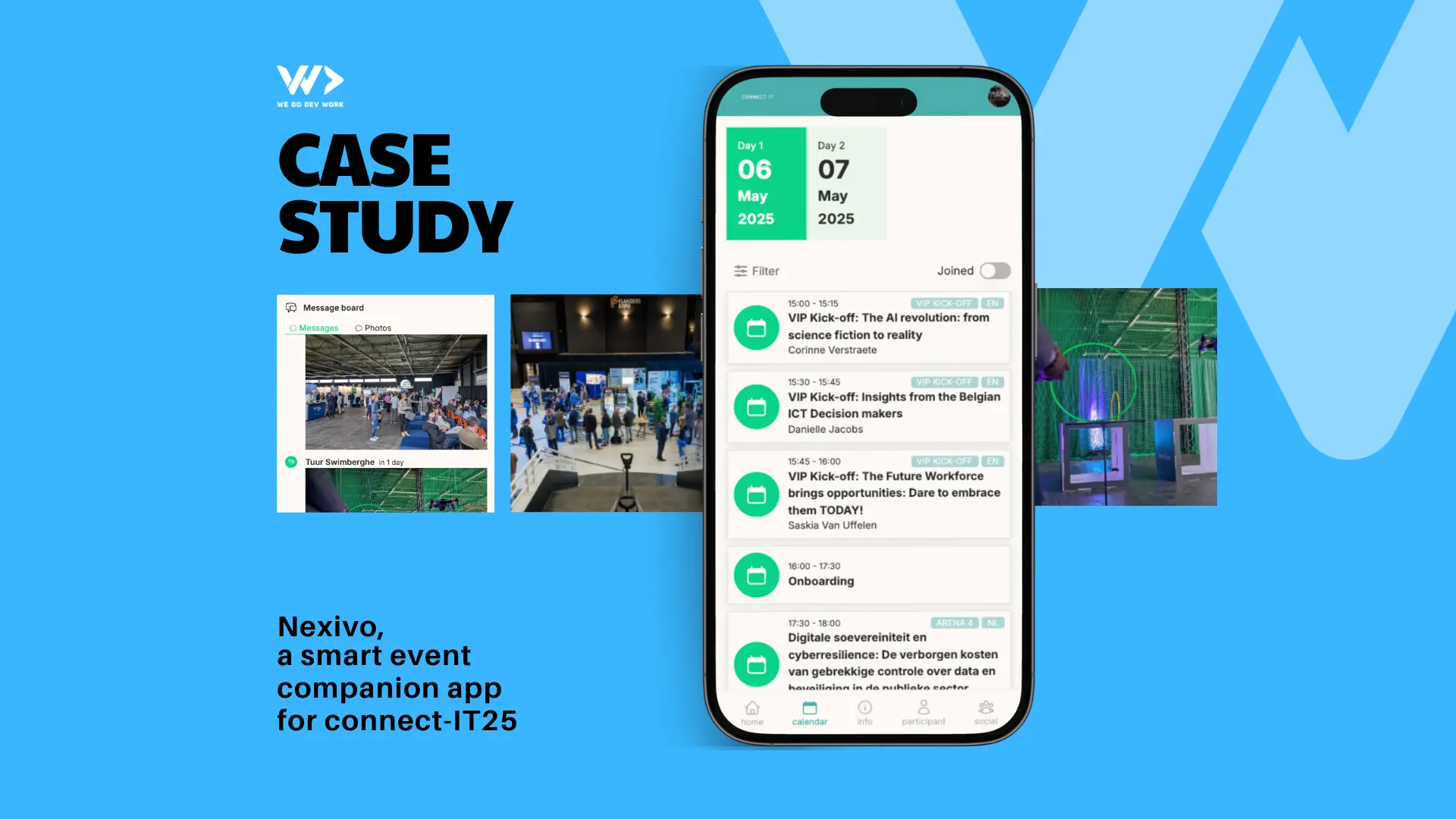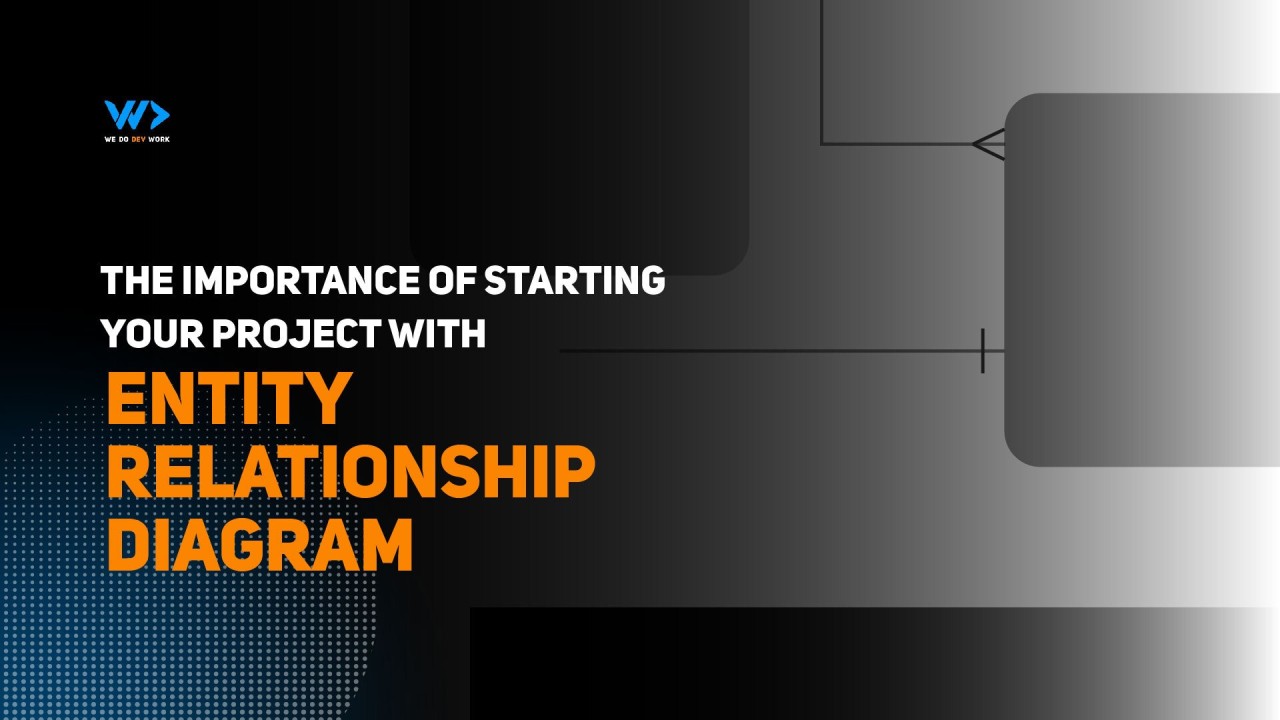
The Importance of Starting Your Project with an ERD (Entity-Relationship Diagram)
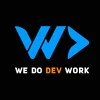
In software development, one of the first steps in building a successful project is to properly design and structure your data. This often involves creating an Entity-Relationship Diagram (ERD), a powerful tool that helps developers and stakeholders visualize the relationships between different data elements in a system. But why is starting with an ERD so important? Let’s explore what an ERD is, why it matters, and how it can save you time, money, and headaches down the road.
What is an ERD (Entity-Relationship Diagram)?
An Entity-Relationship Diagram (ERD) is a visual representation of a system’s data structure. It shows how different entities (such as users, products, orders) relate to each other and what attributes they hold. ERDs are essential for designing databases and understanding the overall architecture of a project.
Key Components of an ERD:
- Entities: Represent the main objects or concepts in your system (e.g., Customers, Orders, Products).
- Attributes: Represent the properties or characteristics of an entity (e.g., Customer Name, Order Date).
- Relationships: Show how entities are connected (e.g., A Customer can place multiple Orders).
By creating an ERD early in the project, you can map out the entire data structure, making it easier to spot potential issues before development begins.
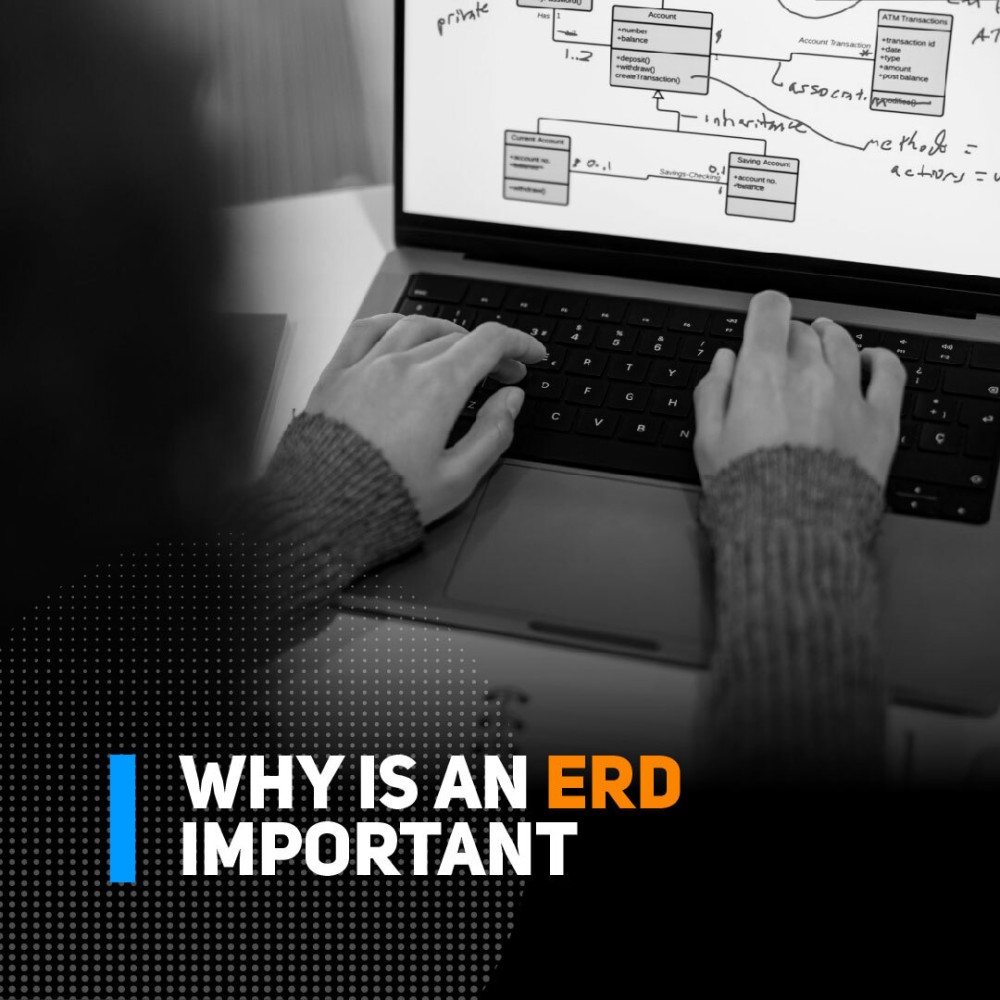
Why is Starting with an ERD Important?
Starting your project with an ERD offers several key benefits:
1. Clarity and Communication
An ERD provides a clear, visual way to communicate the system’s data structure to all stakeholders, including developers, designers, and business owners. It ensures that everyone is on the same page before development starts.
Example: Imagine a project to build an e-commerce platform. Without an ERD, different team members might have different interpretations of how products, customers, and orders should interact. An ERD eliminates confusion by providing a single source of truth.
2. Avoiding Costly Mistakes
One of the biggest risks in software development is discovering data structure issues late in the project. These issues can be expensive and time-consuming to fix. An ERD helps identify potential problems early, reducing the risk of costly mistakes.
Example: Without an ERD, you might realize halfway through development that your database can’t handle certain types of user queries. Fixing this after the system is built can require major changes. With an ERD, you can catch these issues before coding even begins.
3. Better Database Design
An ERD helps you design a more efficient and scalable database by clearly defining relationships between entities. It ensures that your database structure can handle future growth and changes.
Example: In a social media platform, understanding how users relate to posts, comments, and likes is critical. An ERD can help you optimize these relationships for performance and scalability.
4. Faster Development
When developers have a clear ERD to reference, they can work more efficiently. It reduces ambiguity and provides a roadmap for building the database and backend systems.
Example: Instead of wasting time figuring out how data should be structured during development, developers can focus on writing clean, efficient code.
5. Easier Maintenance and Scaling
A well-structured ERD makes it easier to maintain and scale your system over time. It provides a clear reference for future developers and helps ensure that updates and new features can be added without breaking existing functionality.
Example: If your project grows from handling 1,000 users to 100,000 users, a well-designed ERD ensures that your database can handle the increased load without significant rework.
Why Frontend Developers Should Pay Attention to the ERD
While ERDs are often associated with backend and database design, they are equally important for frontend developers. Understanding the data structure helps frontend developers:
- Better Implementation of APIs: Knowing the relationships between entities helps frontend developers request the right data efficiently.
- Improve State Management: Understanding how data is structured can inform how state is managed in frameworks like React, Angular, or Vue.
- Enhance User Experience: A clear understanding of the data relationships can help frontend developers design more intuitive user interfaces.
Example: If a frontend developer knows that a single user can have multiple orders (a one-to-many relationship), they can design the UI to display these orders in a more user-friendly way.
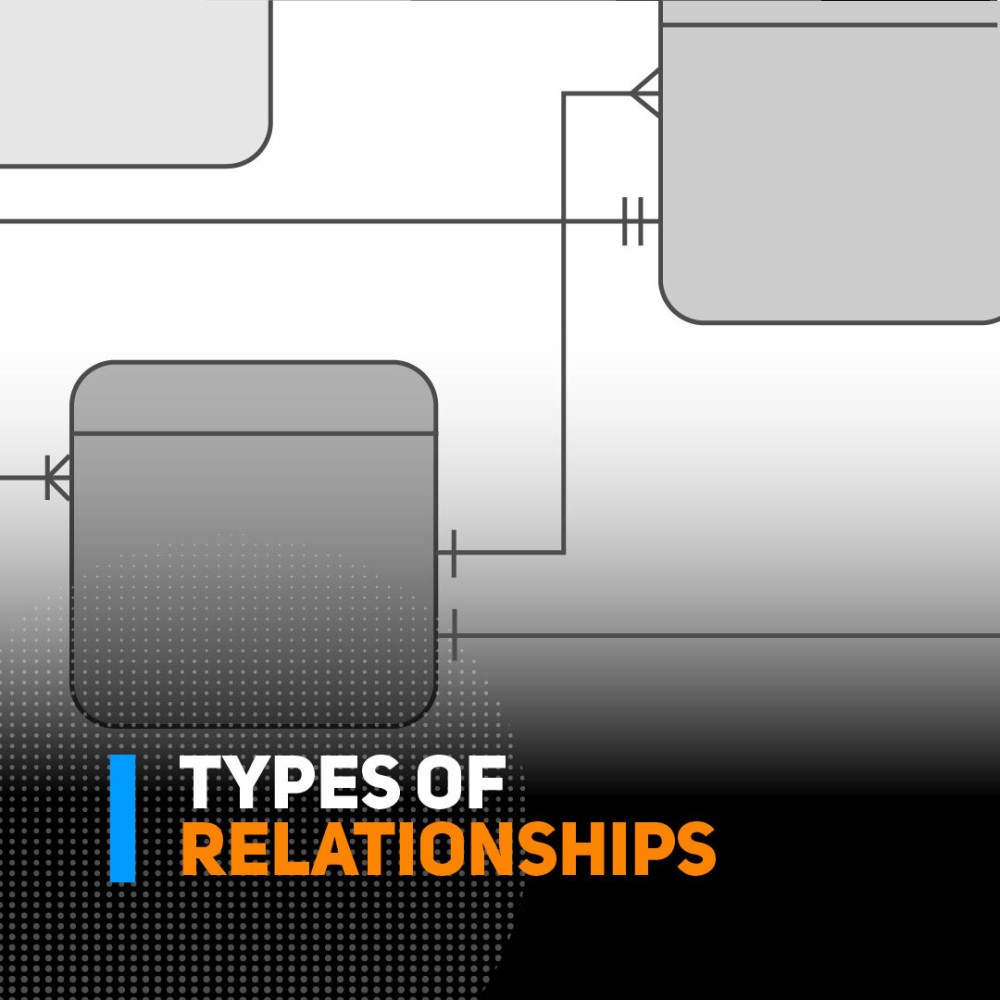
Types of Relationships in ERDs
Understanding the different types of relationships in an ERD is crucial for designing a robust data model. Here are the main types of relationships and why they matter:
1. One-to-One Relationship
In a one-to-one relationship, each entity in the first set is associated with exactly one entity in the second set.
Example: A User entity might have a one-to-one relationship with a Profile entity, where each user has exactly one profile.
2. One-to-Many Relationship
In a one-to-many relationship, a single entity in the first set is associated with multiple entities in the second set.
Example: A Customer can place multiple Orders. This relationship is common in most database designs.
3. Many-to-Many Relationship
In a many-to-many relationship, entities in the first set can be associated with multiple entities in the second set, and vice versa.
Example: A Product can appear in multiple Orders, and an Order can contain multiple Products. This type of relationship often requires a junction table to handle the connections.
Understanding these relationships helps developers design databases that reflect real-world scenarios accurately.
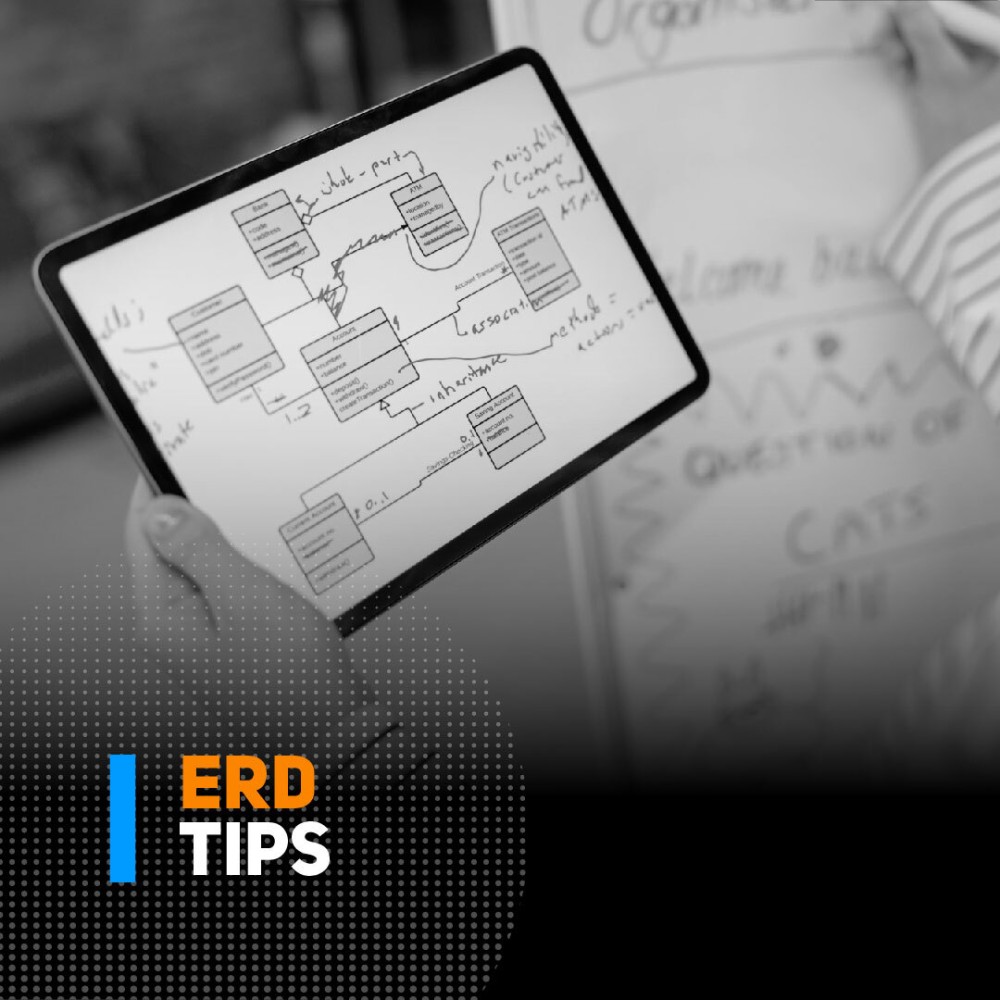
How to Create an ERD
Creating an ERD doesn’t have to be complicated. Here are some steps to get started:
- Identify Entities: Determine the main objects in your system (e.g., Users, Products, Orders).
- Define Attributes: List the key properties of each entity (e.g., User Name, Product Price, Order Date).
- Establish Relationships: Identify how entities are connected (e.g., A User can place multiple Orders).
- Use ERD Tools: Use tools like dbdiagram.io, Lucidchart, or Draw.io to create your diagram.
Tools for Creating ERDs
There are several tools available for creating ERDs, including:
- dbdiagram.io: A simple and intuitive tool for creating ERDs online.
- Lucidchart: A popular diagramming tool with ERD templates.
- Draw.io: A free, open-source diagramming tool.
- MySQL Workbench: A powerful tool for designing and managing databases.
When Should You Create an ERD?
An ERD should be created early in the project—ideally during the discovery or planning phase. It should be revisited and updated as the project evolves to ensure it remains accurate.
Tip: If you’re working with a software agency like We Do Dev Work, they will likely start by creating an ERD as part of the discovery phase to ensure your project is built on a solid foundation.
Conclusion
Starting your project with an ERD is one of the most important steps in software development. It provides clarity, reduces the risk of costly mistakes, improves database design, speeds up development, and makes maintenance easier. Whether you’re building an MVP or a large-scale application, taking the time to create an ERD will set your project up for success.
Partnering with a software agency like We Do Dev Work ensures that your project starts on the right foot, with a clear and well-structured data model that can support your business goals now and in the future.


